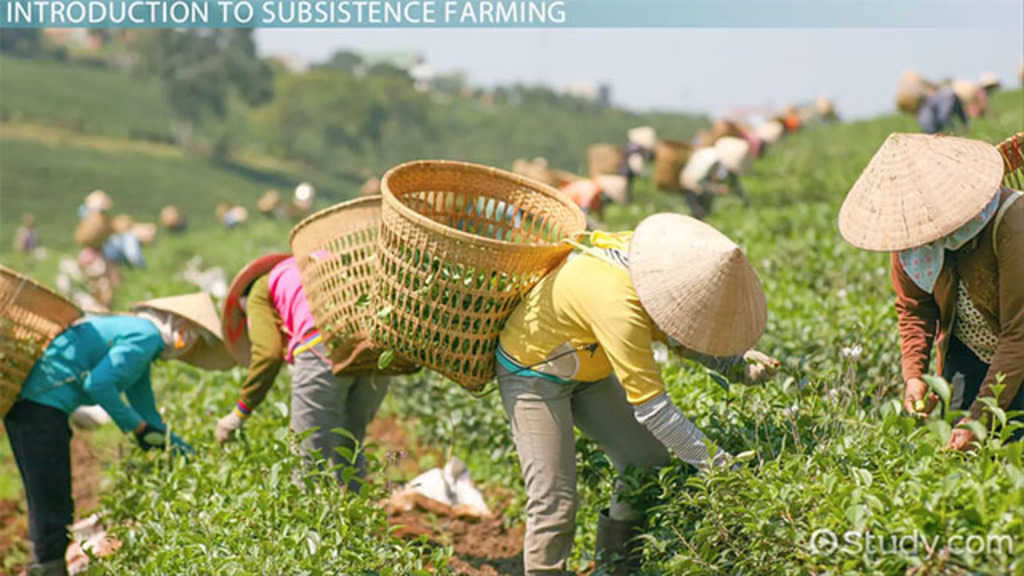Subsistence farming in developing world
Introduction-
On smallholdings, farmers practise subsistence agriculture, which involves growing food crops to satisfy the needs of themselves and their families. Subsistence farmers provide enough food to feed themselves and their families, with little or no surplus. Planting choices are made mostly with an eye for what the family will want in the coming year, with market values coming in second. “Subsistence peasants are people who cultivate their own food, create their own homes, and survive without making daily transactions in the
marketplace,” writes Tony Waters.
Advantages of subsistence farming-
Limited plots of land are used by subsistence farmers to cultivate enough food to feed their families. They can also raise materials for making garments and constructing buildings.
The advantages are-
1. Farmers have few outgoing expenses.
2. Seeds can be saved and annual crops can be cultivated, resulting in less waste.
3. Free, organic fertilizers such as manure and fish remain are produced using this process.
4. Farmers typically reside in remote areas with little – if any –expenses.
5.They don’t need to ship their crops to market and they aren’t interested in trading or sales.
Importance of subsistence farming in developing world
All of us believe that subsistence farming was abandoned a long time ago as we hear of it. But, is subsistence farming still practised? Without a doubt. According to a United Nations survey, this form of agriculture was already used by 25% of the world’s population, or around two billion people, in 2015. Africa, India, Southeast Asia, and Latin America are among the countries that use it the most.
In Sub-Saharan Africa, this is still the most traditional farming process. In Tanzania, for example, 73 percent of the population lives in rural areas and relies on subsistence farming. This equates to a population of 19 million inhabitants. These families depend on their land to provide them with enough food during the year. They usually don’t have a lot of extra to
sell or exchange.
Modern views of subsistence farming in developing world- Modern farmers consider subsistence farming to be a necessary component of self-sufficiency. I’ve grown about 70% of the food my family consumes on many occasions. Sugar, rice, caffeine, and citrus fruits were purchased as necessities.
I have access to stuff I can’t produce in my location as a modern subsistence farmer. Since my family enjoys bananas and cookies, I prefer to spend money on them. Subsistence farmers today strive to generate what they cultivate with minimal inputs. Stuff like oil and gas for machinery or imported fertiliser, for example, might be too costly for a subsistence
farmer to consider, so he or she might resort to other methods.
The aim of subsistence farming is to cut costs by weighing the cost of a tool or fertilizer against how much it works in the long term and whether you will get by with anything else.

